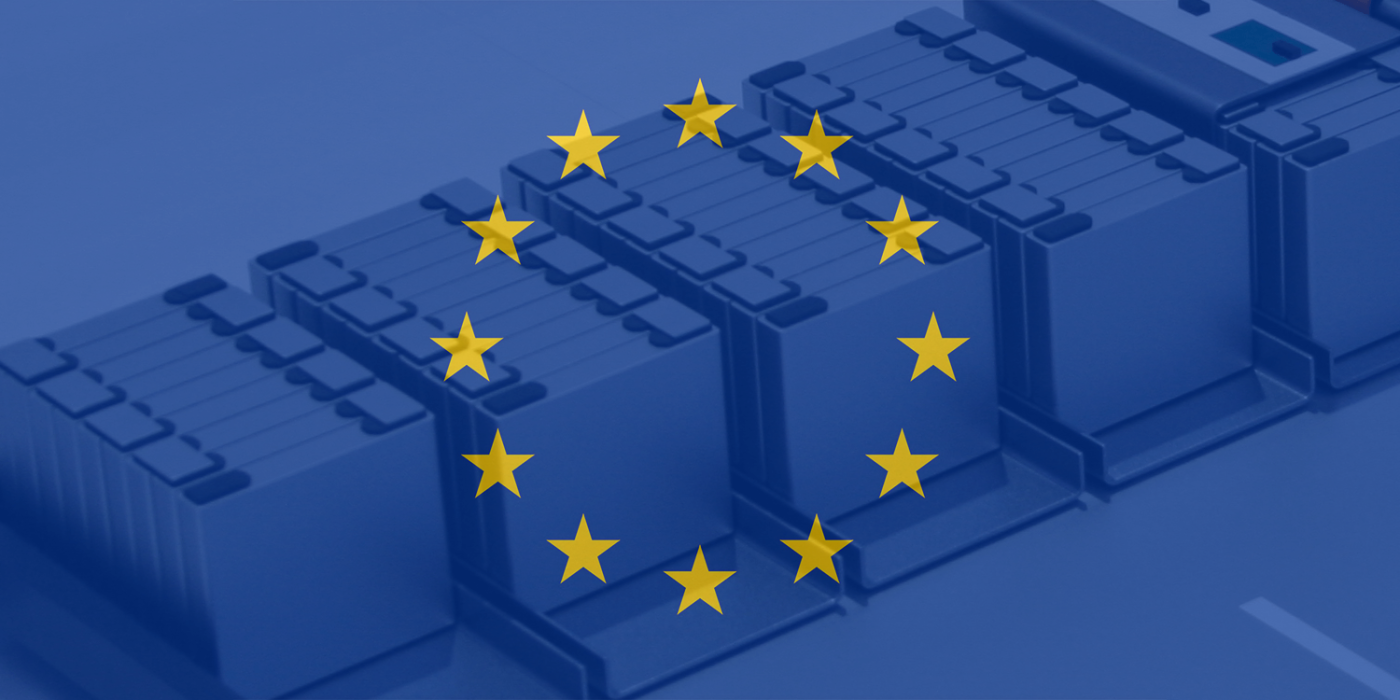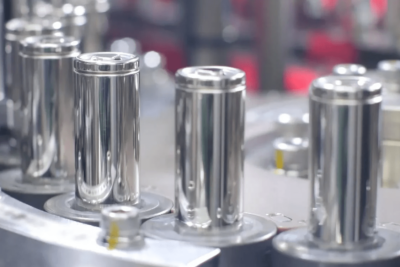EU Parliament approves comprehensive battery market regulation
The EU Parliament has adopted new rules for the design, manufacture and recycling of all types of batteries sold in the EU. Battery manufacturers will thus be subject to stricter environmental and due diligence requirements if they want to sell on the European market.
With 587 votes in favour, nine against and 20 abstentions, MEPs approved an agreement reached with the Council in December to revise EU rules for new and old batteries. The Council must now formally endorse the text before it is published in the EU’s Official Journal shortly afterwards and enters into force. The new rules aim to promote a circular economy by regulating all types of batteries – including electric vehicle batteries – throughout their life cycle.
The background to the content of the regulation, which was already approved and is now also formally almost completely on its way, are the proposals for mandatory sustainability criteria for batteries already presented by the EU Commission at the end of 2020. Interesting: In the case of the recycling quotas listed below, the agreement of Parliament and Council now goes beyond the specifications originally drafted by the Commission.
But first things first: Key points of the EU Battery Regulation in the area of e-mobility are a mandatory declaration and labelling of the carbon footprint for traction batteries of e-vehicles as well as for batteries of light means of transport such as electric scooters and bicycles and a digital battery passport for these battery types. From mid-2024, the passport must first indicate the carbon footprint of the batteries from raw material extraction to production and recycling.
The recycling requirements approved by today’s decision are as follows: 50 per cent by 2027 and 80 per cent by 2031 for lithium and 90 per cent by 2027 and 95 per cent by 2031 for cobalt, copper, lead and nickel have been set as minimum quantities for materials recovered from spent batteries.
A certain proportion of these recovered substances is to be made mandatory for use in new batteries. The minimum requirements are to become valid eight years after the regulation enters into force – i.e. presumably in 2031 – and amount to 16 per cent for cobalt, 85 per cent for lead and six per cent each for lithium and nickel. Thirteen years after entry into force, likely 2036, they will rise to 26 per cent for cobalt, 12 per cent for lithium and 15 per cent for nickel. The lead quota remains identical.
The criteria mentioned are flanked by requirements for stricter due diligence for battery stakeholders in the ecological and social areas. In future, market participants will have to check the origin of the raw materials they use and the working conditions in their supply chain. However, there is an exception – as envisaged – for small and medium-sized enterprises.
“For the first time, we have circular economy legislation that covers the entire life cycle of a product – an approach that is good for both the environment and the economy,” said EU Parliamentarian Achille Variati, commenting on the result. “Our overall aim is to build a stronger EU recycling industry, particularly for lithium, and a competitive industrial sector as a whole, which is crucial in the coming decades for our continent’s energy transition and strategic autonomy. These measures could become a benchmark for the entire global battery market.”
With reporting by Cora Werwitzke, France.





0 Comments